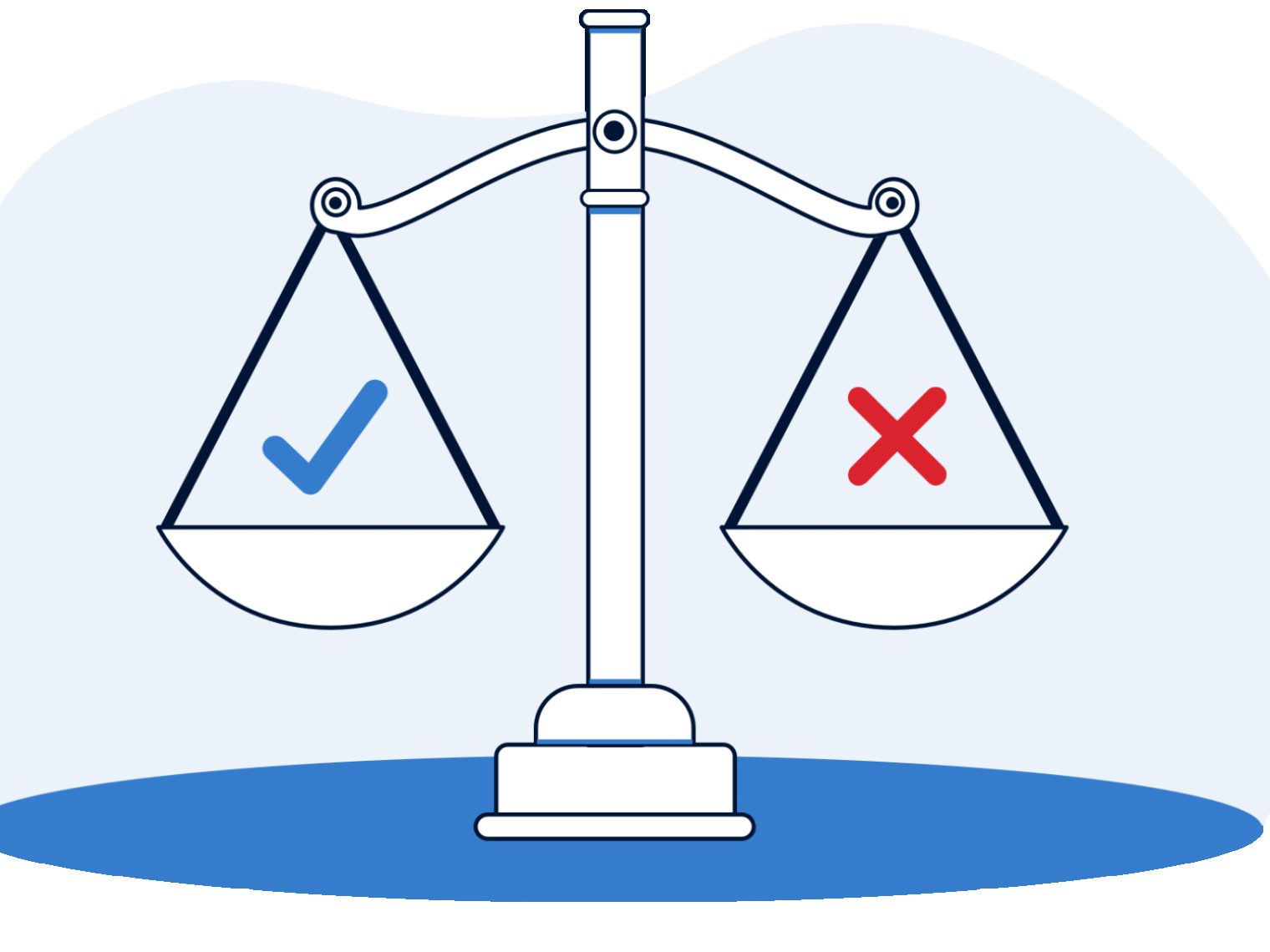The VA Cash-Out Refinance is a powerful loan option that helps qualified Veterans tap into their home equity, take advantage of lower interest rates and bring non-VA loans into the VA loan program. This critical home financing tool has recently experienced some big changes meant to safeguard Veteran homeowners and their families.
The VA Cash-Out Refinance is a powerful loan option that helps qualified veterans tap into their home equity, take advantage of lower interest rates and bring non-VA loans into the VA loan program.
This critical home financing tool has recently experienced some big changes meant to safeguard veteran homeowners and their families.
Let’s take a closer look at these updates to the Cash-Out benefit and what they mean for VA borrowers.
Two Types of Cash-Outs
The VA made a basic but important change by creating two separate classes of Cash-Out refinance loans, known as Type I and Type II loans.
With a Type I Cash-Out, the new loan amount doesn’t exceed the payoff amount of the loan being refinanced. For example, a borrower owes $150,000 on their current mortgage, and they’re getting a $150,000 refinance loan with a lower rate.
With a Type II Cash-Out, the new loan amount is greater than the payoff amount of the loan being refinanced.
This is an important distinction for reasons you’ll soon see.
Loan Seasoning Guidelines
Loan seasoning looks at how long a veteran has had their current loan and how many mortgage payments they’ve made.
Veterans aren’t eligible for a VA Cash-Out refinance unless:
- The note date of refinance loan is 210 days or more after the due date for the original loan’s first monthly payment
- The borrower has made at least six monthly payments
If you want to refinance with Veterans United, the seasoning requirements follow the above guidelines.
Net Tangible Benefit Test
All Cash-Out refinance loans also need to meet a new net tangible benefit test. This requirement is rooted in ensuring the new refinance provides a clear financial benefit for the veteran homeowner.
Homeowners will pass the net tangible benefit test as long as the new loan meets at least one of these guidelines:
- The new loan eliminates monthly mortgage insurance
- The new loan’s term is shorter than the loan being refinanced
- The new loan’s interest rate is lower than the old rate
- The monthly principal and interest payment is lower than the old one
- The new loan leads to an increase in the borrower’s monthly residual income
- The new loan pays off a construction loan
- The loan-to-value ratio of the new loan is 90 percent or less
- The new loan is refinancing an adjustable-rate mortgage into a fixed rate
Borrowers with questions about whether they will meet this new test should talk with a Veterans United VA Loan Expert for more information.
Fee Recoupment
This guideline focuses on the costs and fees associated with the refinance and making sure the new loan represents a smart investment.
The recoupment requirement applies only to Type I Cash-Out refinances where a borrower is refinancing a VA-backed loan. That means it does not apply to homeowners borrowing more than they owe or borrowers with non-VA loans.
In order to meet this requirement, the borrower must be able to recoup the costs and fees of the new loan within 36 months of closing. To determine that, lenders must run a simple calculation that divides the new loan’s total costs and fees by the amount of money the refinance will save the homeowner every month on their principal and interest payment.
For example, let’s say the new loan’s total costs and fees are $1,500, and it will save the borrower $50 per month.
Costs and fees: $1,500
Monthly P&I savings: ÷ $50
Fee recoupment = 30 months
When calculating the recoupment period, lenders do not have to count escrow and prepaid costs, including property taxes, homeowners insurance and homeowner association fees.
Loan-to-Value Ratio
There have been a couple recent important changes regarding loan-to-value on VA Cash-Out refinance loans, one put forward by the VA and another by the agency that securitizes these loans on the secondary mortgage market.
Loan-to-value ratio is the relationship between how much you owe on the home and what it’s worth. Previously, this would mostly come into play when talking about the VA Funding Fee, a required fee that borrowers typically finance into their loan. Up until this change, homeowners could finance the fee and have their loan-to-value exceed 100 percent.
Homeowners can still finance this fee on a refinance loan, but now the loan-to-value ratio can’t exceed 100 percent.
Veterans looking to pull cash out of their existing home’s equity may face increased challenges after a recent move by the Government National Mortgage Association, or Ginnie Mae for short.
New restrictions on higher loan-to-value refinance loans will take effect beginning in November 2019. These changes will likely limit the ability of some VA homeowners to refinance their mortgage when their LTV is greater than 90 percent.
Simply put, borrowers will generally need to wait longer before they’re able to tap into their home’s equity with a VA Cash-Out refinance. Before this change, it wasn’t too hard to find lenders willing to lend up to 100 percent of the home’s appraised value.
However, the new guidance from Ginnie Mae means the vast majority of lenders will no longer lend on these types of loans if the LTV is over 90 percent.
Veterans with non-VA mortgages may still be able to obtain a Cash-Out refinance with a loan-to-value ratio above 90 percent.
Talk with a Veterans United VA Loan Expert about your specific situation and what might work best.
Related Posts
-
 VA Renovation Loans for Home ImprovementVA rehab and renovation loans are the VA's answer to an aging housing market in the United States. Here we dive into this unique loan type and the potential downsides accompanying them.
VA Renovation Loans for Home ImprovementVA rehab and renovation loans are the VA's answer to an aging housing market in the United States. Here we dive into this unique loan type and the potential downsides accompanying them. -
 Pros and Cons of VA LoansAs with any mortgage option, VA loans have pros and cons that you should be aware of before making a final decision. So let's take a closer look.
Pros and Cons of VA LoansAs with any mortgage option, VA loans have pros and cons that you should be aware of before making a final decision. So let's take a closer look.

